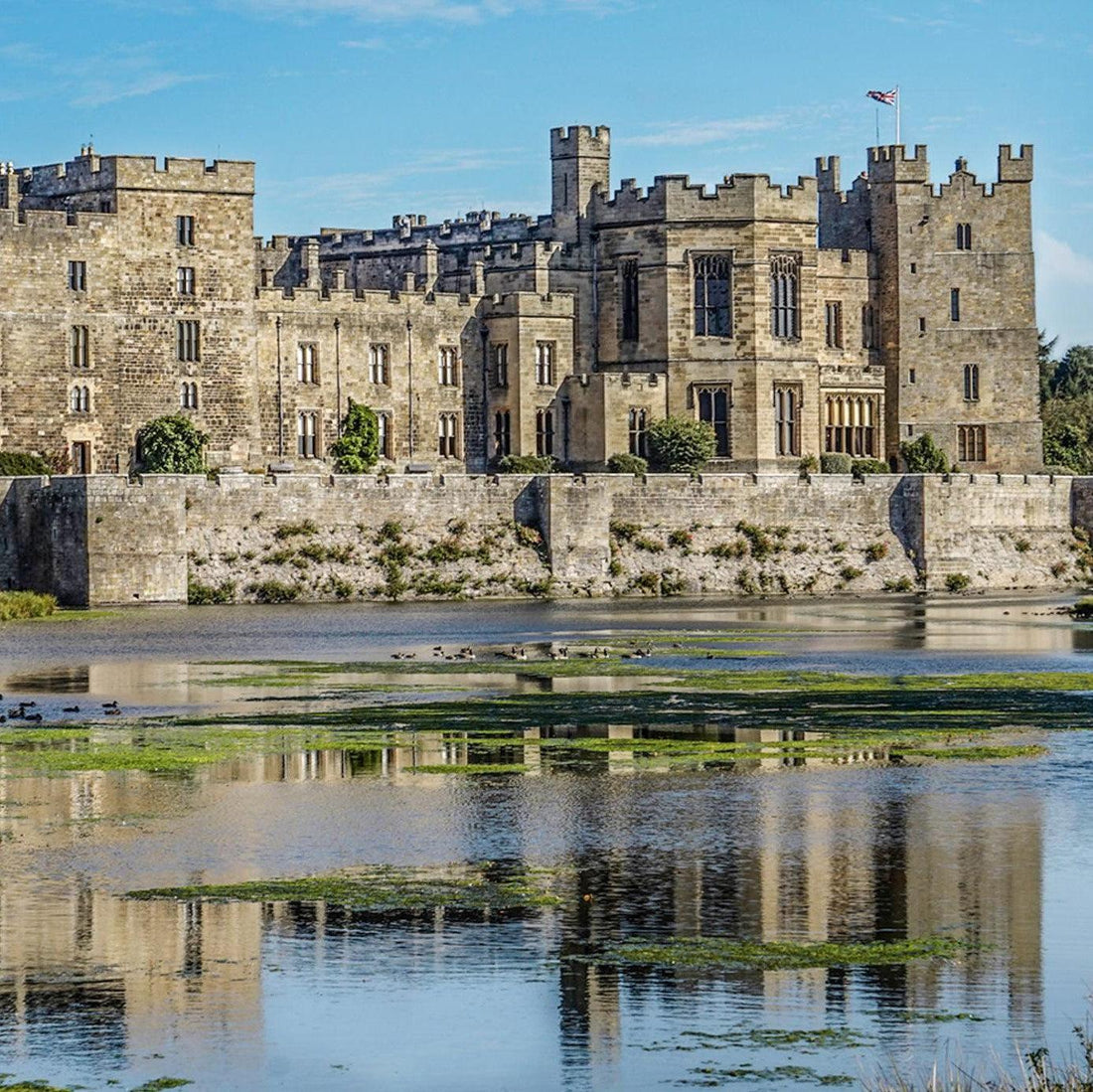
5 Castles To Visit in the North East of England
I don’t know about you, but when I think of England one of the first things that comes to mind are our castles surrounded by stunning countryside views. We may be a small island, but we’re rich in history...the kings and queens of our past, the battles they fought, it’s all encapsulated in our fairytale-like castles and fearsome fortresses.
The only thing is, with having so many castles, sometimes it can be tricky choosing where to visit first! So we’ve put together a little check list of must visit northern castles - whether it’s a day trip or a weekend away, I’m sure you’ll be planning your next excursion before you’ve even finished reading!
Bamburgh Castle
Bamburgh Castle has stood guard above the spectacular Northumberland coastline for over 1,400 years. Spanning nine acres of land on its rocky plateau, Bamburgh Castle is one of the largest inhabited castles in the country. It is one of the most majestic and impressive castles in North England.
Archaeologists often dig here in the summer as there is evidence of settlements on the site from long before the current castle was built. Bamburgh Castle is the ancient home of the Kings of Northumbria, who you can learn more about at the exhibitions in the castle. After visiting, be sure to take a walk on the beach behind the castle or head to the nearby town of Seahouses for fish and chips.
Tynemouth Priory And Castle
Once one of the largest fortified areas in England, Tynemouth Priory overlooks both the North Sea and River Tyne. The ruins you can now see date back to the 13th and 14th centuries, but this place has more than 2,000 years of history.
It has been constantly repurposed since its beginnings as an Anglo-Saxon settlement, later becoming an Anglican monastery, royal castle, and artillery fort.
You can still see the refurbished battery gun that defended the Tyne in both world wars of the 20th century. After visiting the priory, the charming village of Tynemouth has lots of independent cafes and shops, as well as two excellent beaches (and one of our favourite outdoor restaurants - Riley's Fish Shack).
Alnwick Castle
Alnwick Castle is one of the largest, most iconic castles and one of the most beloved tourist destinations in the North East of England. Famous not only for it’s impressive exterior, but for starring on screen as Brancaster Castle in Downton Abbey and as Hogwarts in the first two Harry Potter films.
Alnwick Castle has over 950 years of history and the origins of the Castle date back to the Norman period. Since 1309, it’s been home to the Percy family, a family with a history as illustrious as the castle’s own. The 12th Duke and Duchess still live there to this day.
Visitors to Alnwick can enjoy daily tours of the opulent State Rooms, as well as appointment-only views of the impressive collection of art and artefacts housed here. For film and history buffs, the castle has year-round activities and inventions including medieval games, the Dragon Quest and even flying lessons in the exact spot that Harry Potter and friends first took to their brooms!
Raby Castle
Set in the heart of the beautiful Durham Dales, Raby Castle is one of the finest and best-preserved medieval castles in North East England. Built in the14th century by the powerful Nevill family, it has a fascinating history.
Raby Castle is a picture-perfect example of medieval architecture; with turrets, embattled walls and a fortress which boasts nine towers. Though it’s not only worth a visit for the castle itself but the surrounding woodland and deer park. The 200-acre parkland has traditional walled gardens, herds of red and fallow deer, and you can even rent a bike to discover the woodland trails.
Lindisfarne Castle

Lindisfarne Castle sits on Holy Island in Northumberland; which gets cut off from the rest of the UK several times a day and is only accessible from the mainland only during low-tides via a causeway (make sure to check the tide times before committing to visiting this castle).
There was a monastery on the island long before the castle, which was built in the 16th century by Henry VIII; meant as a defensive fort between Scotland and England. The island itself has a steep history, in fact, it’s said that the Viking Age truly began here when the Vikings invaded.
The castle fell into ruin but was restored in the 20th century to be a private holiday home. Now, the castle is managed by the National Trust and is open to the public and showcases the history of the island.
The view from the top is truly magnificent - sited atop the volcanic mound known as Beblowe Craig, Lindisfarne Castle is one of the most distinctive and picturesque features of the Island and can be seen for many miles around.
Did you know Lindisfarne Castle and Holy Island are the setting for the very first LJ Ross DCI Ryan novel?
-
Though if castles aren’t really your thing, take a look at our Top 5 Sites To See in The North East for some more summer inspo!


